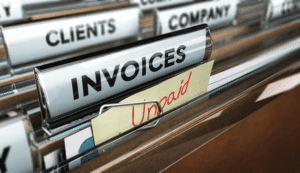
This information will be listed on the balance sheet under the heading “Retained Earnings.” Some benefits of reinvesting in retained earnings include increased growth potential and improved profitability. Reinvesting profits back into the business can help it expand and become more successful over time. We can find the retained earnings (shown as reinvested earnings) on the equity section of the company’s balance sheet. Yes, a company can have negative retained earnings or an accumulated deficit.
- However, it can be challenged by the shareholders through a majority vote because they are the real owners of the company.
- (No offense, accountants.)Essentially, it’s the total income left over after you’ve deducted your business expenses from total revenue or sales.
- Reinvesting profits back into the company can help it grow and become more profitable over time.
- Profits give a lot of room to the business owner(s) or the company management to use the surplus money earned.
Retained Earnings
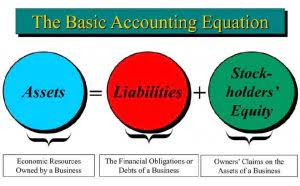
We may earn a commission when you click on a link or make a purchase through the links on our site. All of our content is based on objective analysis, and the opinions are our own. Retained earnings are reclassified as one or more types of paid-in capital under two general circumstances. When a prior period adjustment is used, it https://www.facebook.com/BooksTimeInc/ appears as a correction of the beginning balance of RE and is fully described.
- Revenue sits at the top of the income statement and is often referred to as the top-line number when describing a company’s financial performance.
- Any probable and estimable contingencies must appear as liabilities or asset impairments rather than an appropriation of RE.
- The formal structure is presented below, but that’s the gist of it.
- For example, if the dividends a company distributed were actually greater than retained earnings balance, it could make sense to see a negative balance.
- Your retained earnings account on January 1, 2020 will read $0, because you have no earnings to retain.
- Thomas Richard Suozzi (born August 31, 1962) is an accomplished U.S. politician and certified public accountant with extensive experience in public service and financial management.
- Retained earnings (RE) are accumulated profits that are not distributed as dividends to shareholders, but are instead reinvested in the business.
Calculating ARR

The accounting rate of return ending re formula (ARR) is a simple formula that allows investors and managers to determine the profitability of an asset or project. Because of its ease of use and determination of profitability, it is a handy tool to compare the profitability of various projects. However, the formula does not consider the cash flows of an investment or project or the overall timeline of return, which determines the entire value of an investment or project. In case a company is dividend-paying, even this could lead to negative retained earnings formula on the balance sheet if the dividends paid are significant.
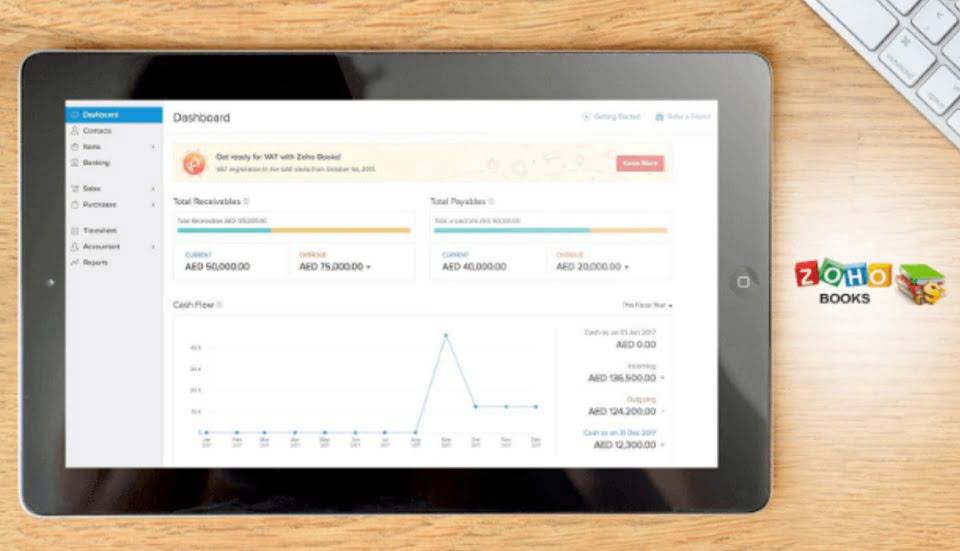
Losses to the Company
You don’t have to work for a giant corporation to know and understand your business’s retained earnings. This calculation will give you the data to know what portion of your profits can be set aside to be reinvested in your business.Retained earnings are also much more than just a number. They’re like a link between your income statement (aka your profile and loss statement) and your balance sheet.

AccountingTools

The articles and research support materials available on this site are educational and are not intended to be investment or tax advice. All such information is provided solely for convenience purposes only and all users thereof should be guided accordingly. In reality, the purchase will have depleted the available cash in the company. As a result, the firm will be less able to pay a dividend than before the purchase was accomplished. To naïve investors who think the appropriation established a fund of cash, this second entry will produce an apparent increase in RE and an apparent improved ability to pay a dividend.
Great! The Financial Professional Will Get Back To You Soon.
- You’re just figuring out how much you’ve earned that you haven’t paid out to your shareholders as dividend payments.
- The accounting rate of return (ARR) is a simple formula that allows investors and managers to determine the profitability of an asset or project.
- Earnings retained by a company over time are referred to as retained earnings, and are based on net (as opposed to gross) income.
- GAAP greatly restricted this use of the prior period adjustment, but abuses have apparently continued because items affecting stockholders’ equity are sometimes still not reported on the income statement.
- Understanding retained earnings to market value is key in corporate finance.
- As the company loses ownership of its liquid assets in the form of cash dividends, it reduces the company’s asset value on the balance sheet, thereby impacting RE.
This reduction happens because dividends are considered a distribution of profits that no longer remain with the company. It can go by other names, such as earned surplus, but whatever you call it, understanding retained earnings is crucial to running a successful business. For information pertaining to the registration status of 11 Financial, please contact the state securities regulators for those states in which 11 Financial maintains a registration filing. A second situation in which an adjustment can be entered directly in the RE account and, in this way, bypass the income statement is in the context of quasi-reorganization.
It’s easy to understand the math if you think about what retained earnings actually are—the earnings that a company has kept (retained) over https://www.bookstime.com/ time instead of paying it out to shareholders. As per the equation, statement of retained earnings formula depend upon the previous year figures. For an analyst, the absolute figure of retained earnings during a particular quarter or year may not provide any meaningful insight.

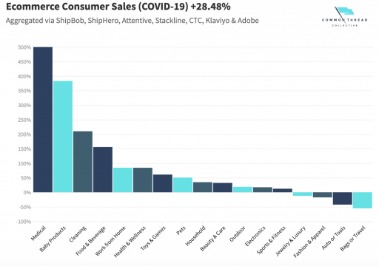



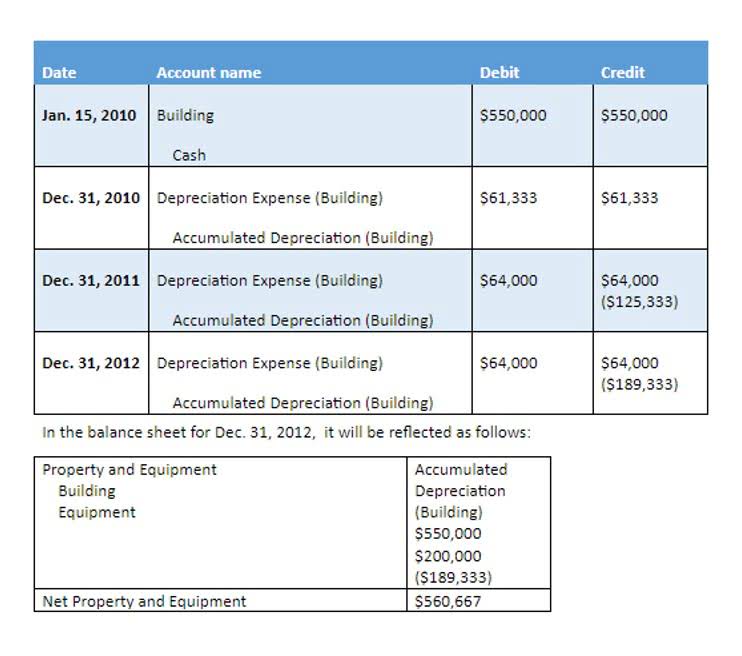

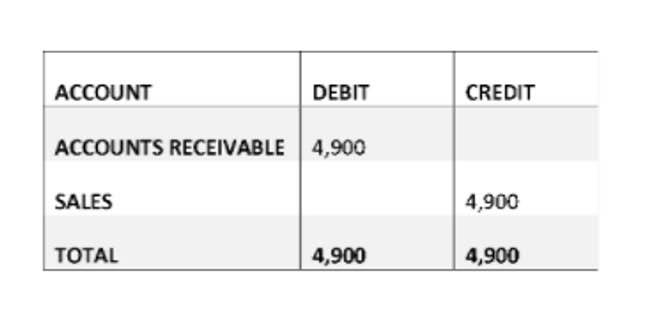

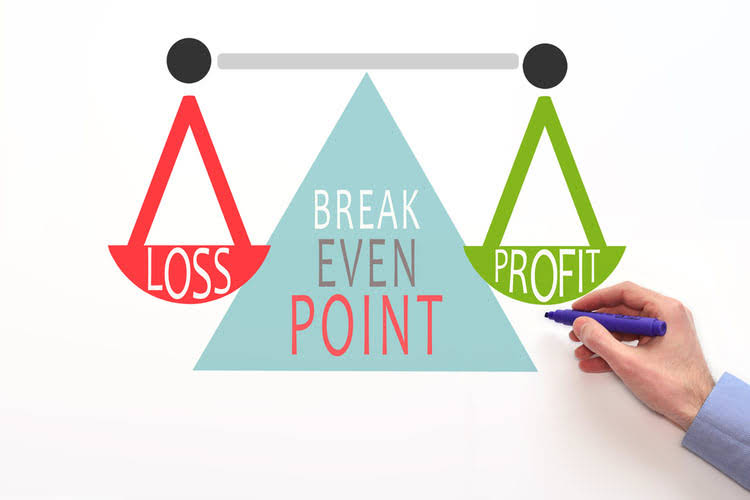

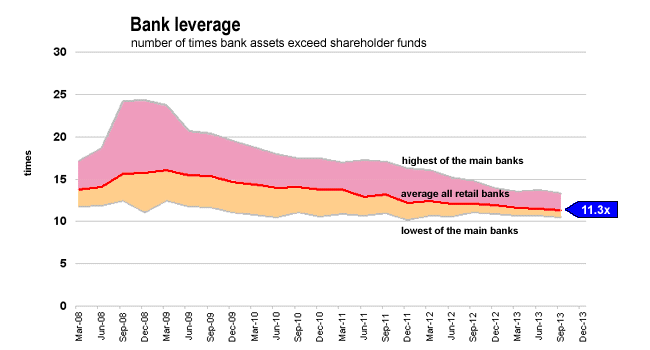



Recent Comments